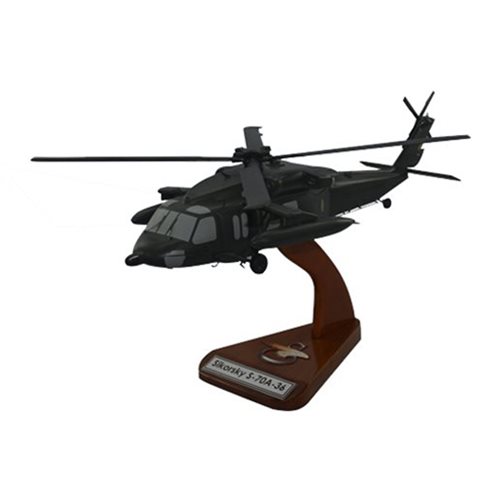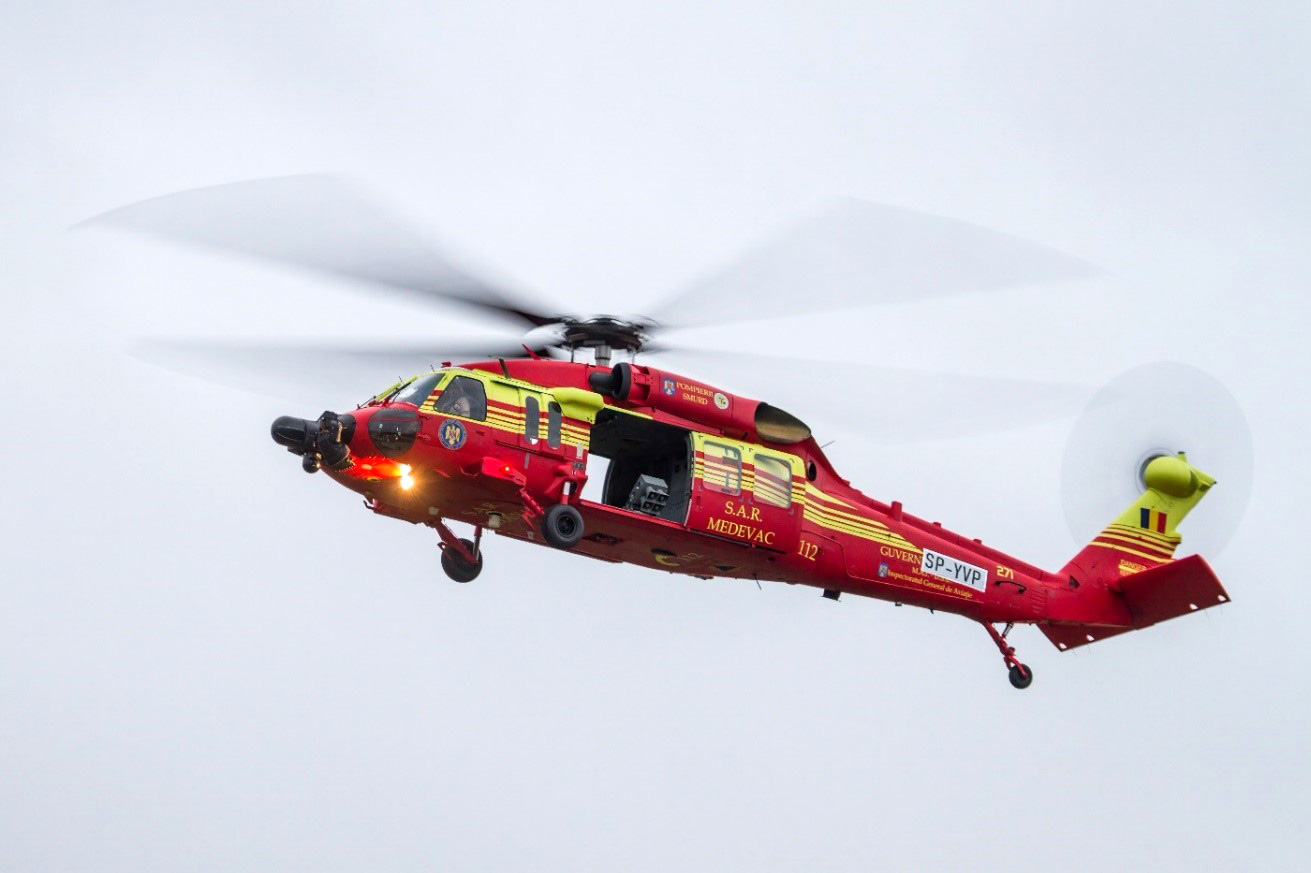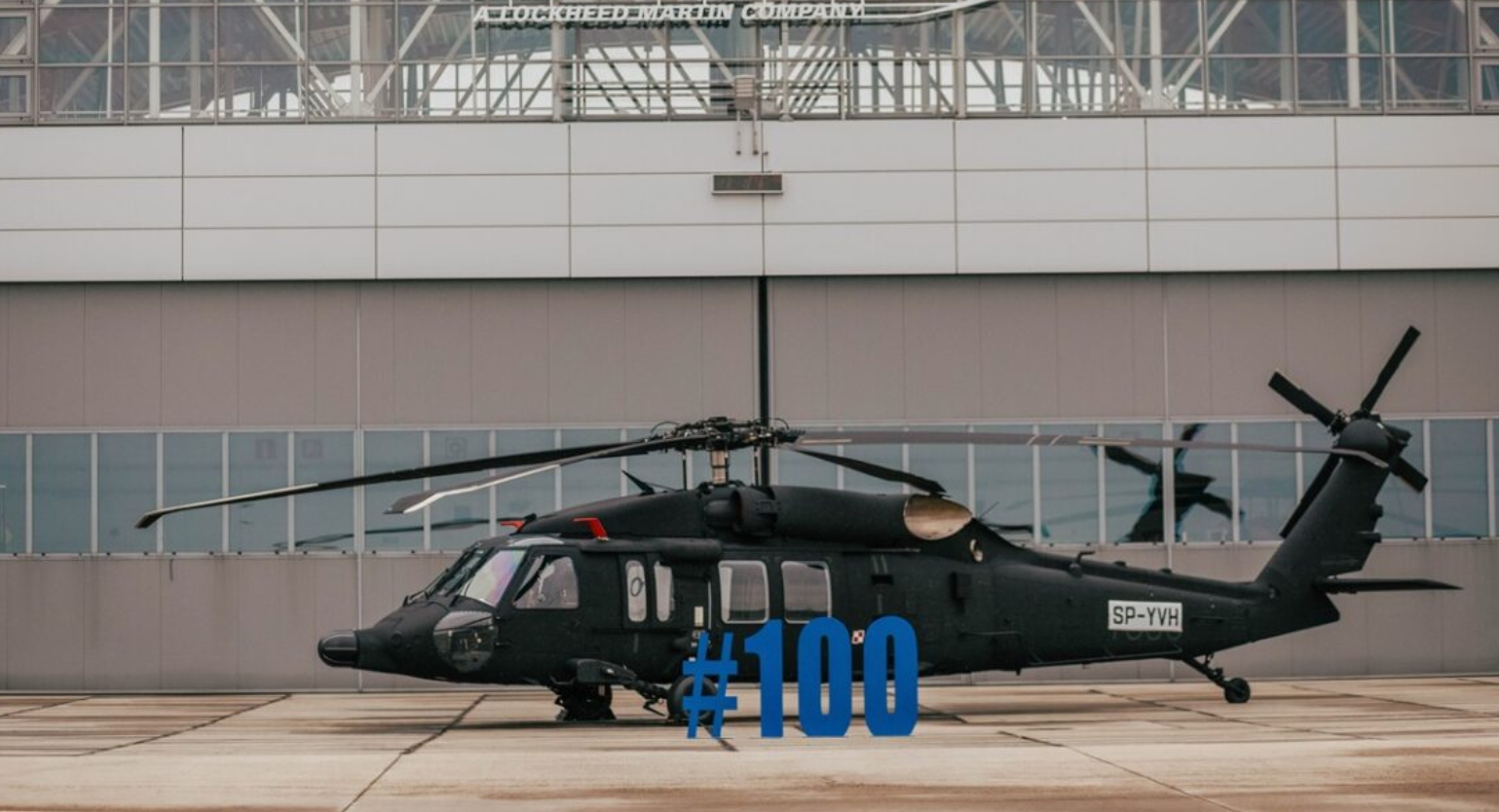High-Performance Multi-Role Rotorcraft Featuring Advanced Cabin Technologies and Integrated Sensor Systems
The realm of rotorcraft innovation has actually seen remarkable advancements in current times, particularly in the world of high-performance multi-role rotorcraft geared up with sophisticated cockpit innovations and seamlessly integrated sensing unit systems. These innovations have not only augmented the functional capabilities of rotorcraft but have additionally dramatically influenced contemporary aeronautics procedures on numerous fronts. From boosted goal flexibility to improved functional efficiency, the convergence of advanced cabin technologies and integrated sensor systems has ushered in a new period of opportunities for rotorcraft applications. In the adhering to conversation, we will certainly explore the development of rotorcraft modern technology, dig into the world of advanced cockpit technologies, and take a look at the ramifications of incorporated sensing unit systems on the functional adaptability and efficiency of modern-day rotorcraft.
Development of Rotorcraft Innovation
The development of rotorcraft modern technology has been noted by substantial advancements in the rules of aerodynamics, materials, and propulsion systems, forming the capabilities and efficiency of contemporary rotorcraft. Aerodynamic renovations have actually enhanced the effectiveness and ability to move of rotorcraft, permitting enhanced rate, dexterity, and security during flight (sikorsky s 70). Advancements in materials, such as using composite products and progressed alloys, have caused lighter yet stronger rotorcraft structures, improving general performance and sturdiness. Furthermore, developments in propulsion systems, including much more effective engines and cutting-edge propulsion technologies, have made it possible for rotorcraft to achieve greater elevations, faster rates, and greater hauls.
These improvements have not only transformed the capabilities of rotorcraft yet have actually also expanded their applications throughout numerous sectors, consisting of army, business, and emergency services. The constant evolution of rotorcraft innovation continues to drive advancement in the field, pushing the limits of what is possible and shaping the future of vertical trip.
Advanced Cabin Innovations
Structure upon the fundamental developments in aerodynamics, materials, and propulsion systems, the world of rotorcraft technology now moves emphasis towards introducing Advanced Cockpit Innovations. The assimilation of sophisticated innovations within the cabin atmosphere plays an important function in improving the functional capabilities, safety and security, and effectiveness of modern-day rotorcraft. sikorsky s 70. Advanced Cockpit Innovations encompass a wide variety of features created to offer pilots with improved situational recognition, streamlined information management, and instinctive control interfaces
One of the vital innovations in cockpit design is the application of glass cockpits, which replace traditional analog evaluates with high-resolution display screens. These electronic systems use personalized layouts, real-time data combination, and enhanced readability, making it possible for pilots to access essential details at a look. Advanced avionics systems, such as fly-by-wire controls and boosted truth displays, are changing how pilots connect with the airplane, permitting for exact control and enhanced decision-making capabilities.


Incorporating advanced cockpit advancements not only enhances pilot efficiency yet also adds to general goal efficiency and security in complicated functional atmospheres. By leveraging modern innovations within the cockpit, rotorcraft producers are establishing new requirements for operational quality and objective success.
Integrated Sensing Unit Systems
With the evolution of rotorcraft innovation, the assimilation of advanced Integrated Sensing unit Equipment has actually come to be vital in enhancing operational performance and safety and security. These Integrated Sensing unit Equipments incorporate a vast selection of modern technologies that provide critical information for numerous functions such as navigation, surveillance, targeting, and environmental tracking. By effortlessly incorporating sensors like radars, cams, lidar, and infrared systems into rotorcraft, drivers can gain from improved situational recognition, enhanced objective capacities, and lowered pilot workload.
One trick benefit of Integrated Sensor Solutions is their capacity to collect real-time data and offer workable understandings to pilots and goal drivers. Progressed radar systems can detect and track targets over long distances, enabling for early risk detection and efficient action preparation. In addition, integrating electro-optical and infrared cameras allows rotorcraft to carry out reconnaissance and security missions with precision and accuracy.
In essence, the integration of innovative sensing unit innovations into rotorcraft not only enhances operational performance yet additionally adds dramatically to total goal success and staff security. As rotorcraft continue to develop, the role of Integrated Sensor Equipment will certainly remain at the forefront of innovation in the aerospace sector.
Operational Adaptability and Performance
Enhancing functional flexibility and efficiency in rotorcraft is a natural development from the combination of advanced Integrated Sensing unit Equipments. By leveraging the understandings and data provided by these cutting-edge sensing unit systems, rotorcraft can enhance their performance throughout different missions and settings.
Operational flexibility encompasses the capability of rotorcraft to adapt to different duties and situations efficiently. With sophisticated cockpit modern technologies and integrated sensing unit systems, rotorcraft can effortlessly transition in between jobs such as search and rescue, medical discharge, security, and extra. This versatility improves the rotorcraft's capacity to fulfill diverse functional needs without requiring extensive reconfiguration.
Performance in rotorcraft operations is important for making best use of mission performance and source usage. Integrated sensor systems play a critical function in improving operational efficiency by offering real-time data on weather condition conditions, surface mapping, target tracking, and a lot more. This data allows pilots to make informed decisions quickly, maximize flight paths, save gas, and boost total mission productivity.
Effect on Modern Aeronautics Procedures

Additionally, the assimilation why not look here of innovative sensing units facilitates enhanced objective their explanation preparation and execution, allowing rotorcraft to execute a variety of tasks with enhanced precision. From search and rescue operations to airborne firefighting and police missions, the capabilities of contemporary rotorcraft equipped with sophisticated cabin technologies and incorporated sensing unit systems are unequaled.
Moreover, the impact of these innovations prolongs past functional performance to cost-effectiveness and sustainability. By maximizing trip courses, fuel intake, and maintenance routines, high-performance rotorcraft equipped with innovative cockpit innovations and sensors add to lowering operational costs and ecological effect, making them important properties in modern aeronautics procedures.
Conclusion
To conclude, the high-performance multi-role rotorcraft with advanced cockpit innovations and integrated sensing unit systems represents a substantial advancement in air travel technology. These innovations improve functional adaptability and effectiveness, ultimately influencing modern air travel procedures in a favorable way. The assimilation of these sophisticated technologies enables improved capabilities and efficiency in numerous mission situations, showcasing the continued innovation of rotorcraft technology in the air travel market.
The realm of rotorcraft modern technology has seen remarkable developments in current times, especially in the realm of high-performance multi-role rotorcraft geared up with innovative cabin modern technologies and effortlessly you could check here incorporated sensing unit systems. From improved mission versatility to improved operational performance, the merging of advanced cabin innovations and incorporated sensing unit systems has ushered in a new period of possibilities for rotorcraft applications. In the complying with conversation, we will check out the evolution of rotorcraft modern technology, dig right into the realm of sophisticated cabin technologies, and take a look at the effects of integrated sensing unit systems on the functional convenience and effectiveness of modern-day rotorcraft.

 Jaleel White Then & Now!
Jaleel White Then & Now! Tony Danza Then & Now!
Tony Danza Then & Now! Anthony Michael Hall Then & Now!
Anthony Michael Hall Then & Now! Danielle Fishel Then & Now!
Danielle Fishel Then & Now! James Van Der Beek Then & Now!
James Van Der Beek Then & Now!